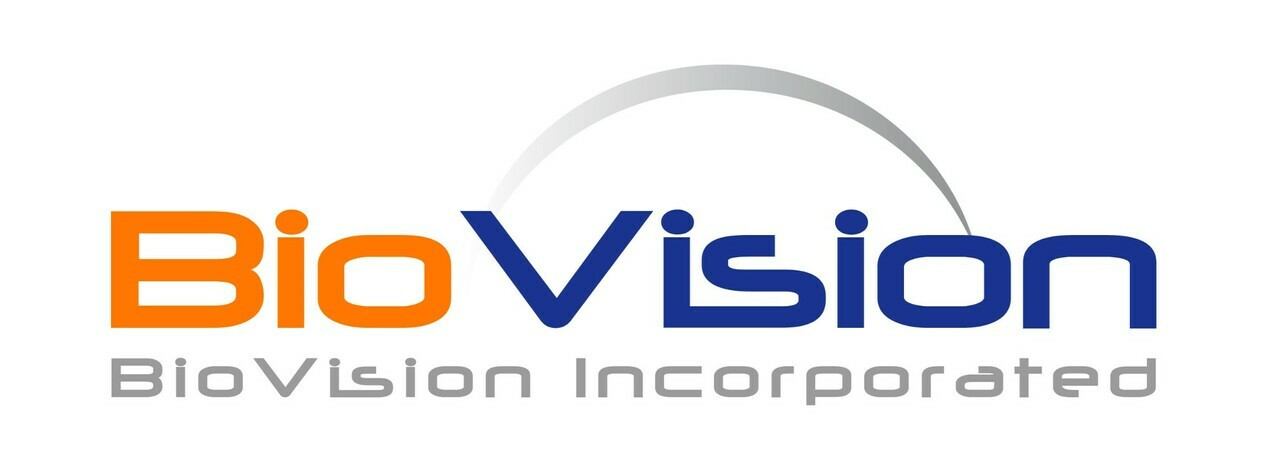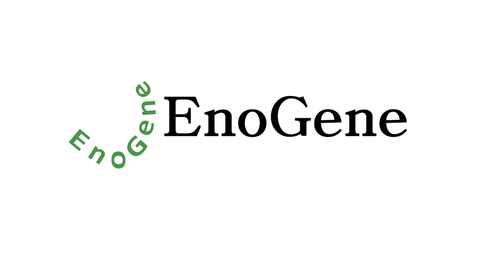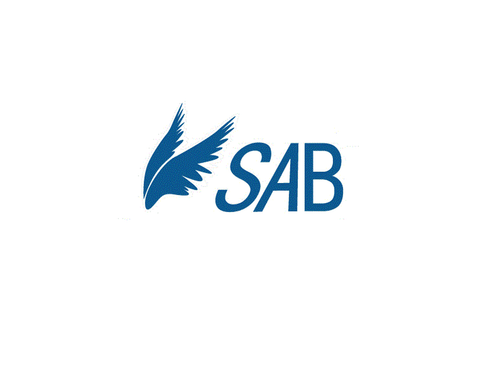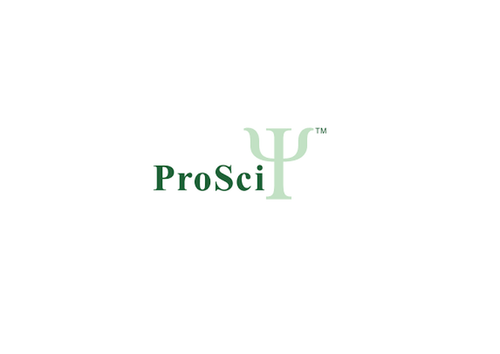Product Description
Src family belongs to non-receptor tyrosine kinases. Src was originally identified as a transforming protein of the Rous sarcoma virus (RSV) that had enzymatic ability to phosphorylate tyrosine in protein substrates. Src is overexpressed and activated in a large number of human malignancies and has been linked to the development of cancer and progression to distant metastases. In addition to increasing cell proliferation, a key role of Src in cancer seems to be the ability to promote invasion and motility, functions that might contribute to tumour progression. Oncogenic forms of the Src alter cell structure, in particular the actin cytoskeleton and the adhesion networks that control cell migration, and also transmit signals that regulate proliferation and cell survival. Recent work indicates that Src plays a role in these functions by influencing the RhoA-ROCK pathway that controls contractile actin filament assembly, the STAT family of transcription factors needed for transformation, and the Cbl ubiquitin ligase that controls Src protein levels. These studies also shed light on the role of focal adhesion kinase (FAK) downstream of v-Src and other signaling pathways in controlling migration, invasion and survival of transformed cells. Src directly phosphorylates integrins and can also modulate R-Ras activity. Moreover, it stimulates the E-cadherin regulator Hakai, interacts with and phosphorylates the novel podosome-linked adaptor protein Fish, and progressively phosphorylates the gap junction component connexion 43. In addition to the above functions and substrates, the role in cellular physiology of Src is continually expanding.
Biovision | 7750 | Src1 Active DataSheet
Biomolecule/Target: N/A
Synonyms: Src, v-src sarcoma (Schmidt-Ruppin A-2) viral oncogene homolog
Alternates names: Mucosae-associated Epithelial Chemokine, CCL28, CCK-1
Taglines: A proto-oncogene
NCBI Gene ID #: 56477
NCBI Gene Symbol: CCL28
Gene Source: Human
Accession #: Q9NRJ3
Recombinant: Yes
Source: E. Coli
Purity by SDS-PAGEs: 98%
Assay: SDS-PAGE
Purity: N/A
Assay #2: HPLC
Endotoxin Level: < 0.1 ng/g of protein (<1EU/g).
Activity (Specifications/test method): Determined by its ability to chemoattract human lymphocytes using a concentration range of 1.0-10.0 ng/ml.
Biological activity: Determined by its ability to chemoattract human lymphocytes using a concentration range of 1.0-10.0 ng/ml.
Results: N/A
Binding Capacity: N/A
Unit Definition: N/A
Molecular Weight: 12.3 kDa
Concentration: N/A
Appearance: Liquid
Physical form description: Sterile filtered through a 0.2 micron filter. Lyophilized from 10 mM Acetic Acid.
Reconstitution Instructions: Centrifuge the vial prior to opening. Reconstitute in water to a concentration of 0.1-1.0 mg/ml. Do not vortex. This solution can be stored at 2-8°C for up to 1 week. For extended storage, it is recommended to further dilute in a buffer containing a carrier protein (example 0.1% BSA) and store in working aliquots at -20°C to -80°C.
Amino acid sequence: SEAILPIASS CCTEVSHHIS RRLLERVNMC RIQRADGDCD LAAVILHVKR RRICVSPHNH TVKQWMKVQA AKKNGKGNVC HRKKHHGKRN SNRAHQGKHE TYGHKTPY
 Euro
Euro
 USD
USD
 British Pound
British Pound
 NULL
NULL








